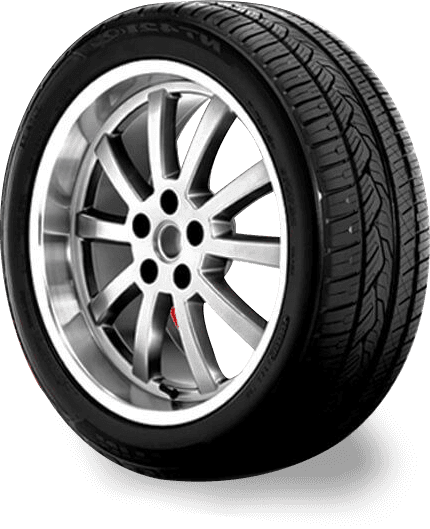
Dec . 23, 2024 23:57
Back to list
Pressure Reduction System for Efficient Fluid Management and Safety in Industrial Applications
The Importance of Pressure Reduction Skids in Industrial Applications
Pressure reduction skids are essential components in various industrial applications, particularly within the oil and gas sector, chemical processing, and power generation industries. These compact, modular systems are designed to reduce high inlet pressures to lower, more manageable levels, ensuring safety and efficiency in operational processes. This article will explore the importance of pressure reduction skids, their components, operational principles, and their benefits to industry.
Understanding Pressure Reduction Skids
A pressure reduction skid typically consists of several key components pressure regulators, valves, piping, instrumentation, and sometimes control systems. These skids are pre-fabricated in a controlled environment, allowing for quicker installation and startup on-site. They can be tailored to specific pressure requirements, depending on the needs of the facility they serve.
The primary function of a pressure reduction skid is to take high-pressure gas or fluids and reduce their pressure before distribution to various systems or processes. This is crucial in maintaining operational integrity, as excessive pressure can lead to equipment failures, leaks, and potentially hazardous situations.
Operational Principles
The operation of a pressure reduction skid is relatively straightforward. High-pressure fluid enters the skid through an inlet line, where it passes through a series of pressure regulators and control valves. These regulators are designed to continually monitor and adjust the outlet pressure, ensuring that it remains within specified limits. Additionally, pressure gauges and sensors provide real-time data for operational management and safety monitoring.
The reduced pressure fluid is then directed to various downstream applications, such as heating equipment, compressors, or large storage tanks. By controlling the pressure at every stage of industrial processing, pressure reduction skids help optimize performance, enhance safety, and improve overall system reliability.
pressure reduction skid

Benefits of Using Pressure Reduction Skids
1. Safety Assurance By managing and reducing system pressures, these skids minimize the risks associated with over-pressurization. This is critical in preventing accidents and ensuring the safety of personnel and equipment.
2. Operational Efficiency Pressure reduction skids improve the efficiency of industrial processes by ensuring that downstream equipment operates within optimal pressure ranges. This not only enhances performance but can also lead to reduced energy consumption, which is economically beneficial.
3. Cost-Effective Solutions Pre-fabricated skids can significantly cut down installation time and costs. Since they are designed to be modular, they can easily be integrated into existing systems with minimal disruption, reducing downtime during installation.
4. Customizability Pressure reduction skids can be customized to meet specific operational needs, whether it’s adjustments for different pressure requirements, added safety features, or enhanced monitoring capabilities. This flexibility makes them suitable for a wide range of applications.
5. Enhanced Monitoring and Control Many modern pressure reduction skids come equipped with advanced control systems, allowing operators to monitor pressures in real-time, analyze data, and make informed decisions about the system's operations. This leads to proactive maintenance and minimizes unexpected breakdowns.
Conclusion
In conclusion, pressure reduction skids play a pivotal role in ensuring the safe and efficient operation of industrial systems across various sectors. Their ability to manage high-pressure gases and fluids not only protects equipment and personnel but also enhances the overall efficiency of processing operations. As industries continue to grow and evolve, the reliance on such systems will undoubtedly increase, making them integral to modern industrial practices. Maintenance, innovation, and tailored solutions will ensure that pressure reduction skids continue to meet the ever-changing demands of the industry.
Latest news
-
Safety Valve Spring-Loaded Design Overpressure ProtectionNewsJul.25,2025
-
Precision Voltage Regulator AC5 Accuracy Grade PerformanceNewsJul.25,2025
-
Natural Gas Pressure Regulating Skid Industrial Pipeline ApplicationsNewsJul.25,2025
-
Natural Gas Filter Stainless Steel Mesh Element DesignNewsJul.25,2025
-
Gas Pressure Regulator Valve Direct-Acting Spring-Loaded DesignNewsJul.25,2025
-
Decompression Equipment Multi-Stage Heat Exchange System DesignNewsJul.25,2025

